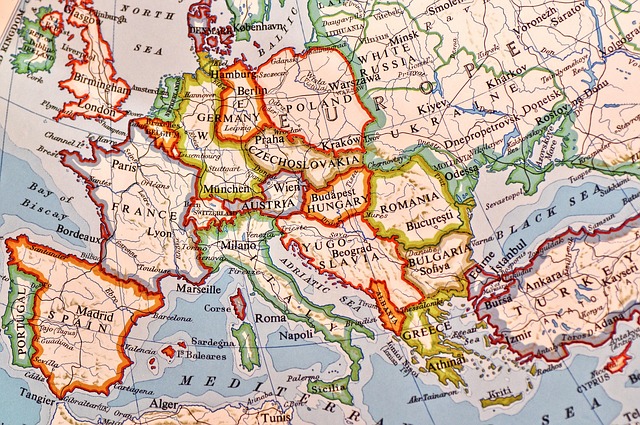The political impact of television has been undeniable over the decades, shaping public perception and influencing the course of events that have defined nations. As we navigate through the dynamic landscape of display technology, it’s fascinating to explore how advancements in TV, monitors, and visualization techniques have not only changed the way we consume news but have also transformed our political engagement.
From the very first black-and-white broadcasts to the vibrant 4K displays that dominate our living rooms today, the evolution of television has paralleled significant political moments. The iconic image of John F. Kennedy’s presidential debates in 1960, broadcast in stark contrast on grainy screens, showcased how presentation could influence public opinion. Fast forward to today’s high-definition monitors, and the stakes are raised even higher as we find ourselves bombarded with a continuous stream of information.
Display technology has reached a point where it can evoke emotions, sway perspectives, and ignite movements. The intricate visualizations on news channels during election nights bring numbers to life, telling stories that are easy to digest yet powerful in their implications. This technic of visualization compels viewers to join conversations, often making us feel like active participants in the political process, rather than mere spectators.
Moreover, the rise of social media integrated into television has only amplified its political impact. Instant updates and live commentaries can stir public sentiments on a whim; a single clip can go viral, changing the trajectory of campaigns overnight. With every share and retweet, the visual appeals of these platforms wield incredible power, shifting the political landscape in unprecedented ways.
Consider the monitors that stream real-time protests or significant events—these visuals have the ability to transcend geographical boundaries, transforming moments of local importance into global movements. We witness the influence of display technology when movements like #BlackLivesMatter gain traction, fueled by visceral imagery that captures the essence of societal struggles, prompting viewers to respond, often immediately, whether through donations, protests, or simply sharing information. This interconnectivity reflects an evolution in our understanding of political engagement, all stemming from the screen we often take for granted.
As we continue to explore the political impact of television and the role of innovative display technologies, it’s essential to remain aware of the responsibilities that come with such power. The imagery we consume shapes our realities, molds our opinions, and—arguably—transforms the very fabric of democracy. Striking a careful balance between elucidation and sensationalism in presentation is crucial for fostering a well-informed public. Each time we tune in, we must ask ourselves: what narratives are we empowering with our viewership?




